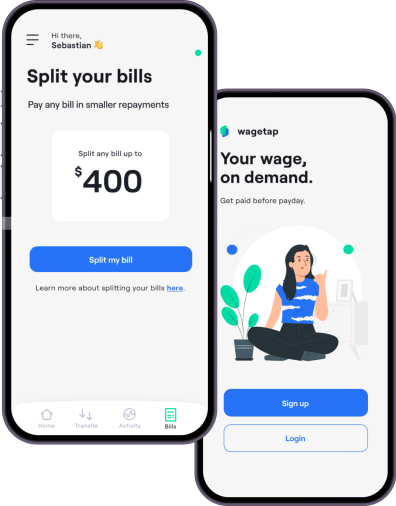6 Times Technology Outsmarts Your Budget (Without You Noticing)

Technology can quietly drain your wallet through everyday conveniences like subscriptions, online shopping, and delivery apps. Explore six surprising ways your budget is affected—and how to protect your money while still enjoying modern tech.
6 Sneaky Ways Tech Drains Your Wallet Without You Realising
Technology is meant to simplify life, but in much of it, it also subtly shapes the way you handle money—without asking permission, sometimes without even you realising it. From the apps in your phone to the code behind your everyday conveniences, technology can guide your money decisions without seeking permission. By noticing these under-the-radar prompts, you can regain control and utilise technology to reinforce, not undermine, your budget.These are six ways technology is beating your budget without you realising it.1. Subscription Renewals You've Forgotten

2. Buy Now, Pay Later Schemes
Buy now, pay later" (BNPL) services are pitched as convenient financial products, but they tend to prompt you to spend than you would otherwise. Paying in instalments makes it feel less painful, even though you are taking on more long-term debt.Although BNPL might be handy during times of crisis, using it as a habitual option will thin your budget more than you know. Having strict limits on when to utilise these facilities—like for necessities and not for luxuries—prevents the onset of debt snowballs.3. Clever Appliances That Boost Spending

4. Online Shopping Algorithms
E-commerce websites are engineered to anticipate what you want before you are even aware of it. Personalised suggestions and targeted advertisements capitalise on your browsing activity, making it easier to overspend. Clicking once on a "recommended item" can turn a spontaneous purchase into a cartload of additions.Implementing a waiting period—such as leaving items in your cart for 24 hours before checking out—helps combat this impulsive loop. In doing so, you regain control of your decision-making from the algorithm and maintain your spending as intentional.5. Food Delivery Apps

6. Salary Management Apps and Features
Specific salary-oriented applications or work products enable you to ask for an advance salary, which can seem like immediate relief when unpaid bills are looming. Without caution, though, these advances will have you short on your subsequent paycheque, building into a pattern of habit.Used correctly, these features have the potential to fill gaps at times of real need. However, if they are used habitually, they diminish your own financial resilience and leave you dependent on borrowed time instead of improving your budgeting skills.Conclusion: Why Tech Nudges Matter and How to Get Pay Now

For additional help in improving your spending habits, you can always download Wagetap. It is a leading wage advance and bill split app that allows you to access your pay early. Emergencies can always happen and Wagetap can help you handle life's unexpected expenses.
Share this post
Download Wagetap today
Get your Pay On demand with Wagetap
Subscribe to our Newsletter

© 2025 Wagetap All rights reserved
Digital Services Australia V Pty Ltd


